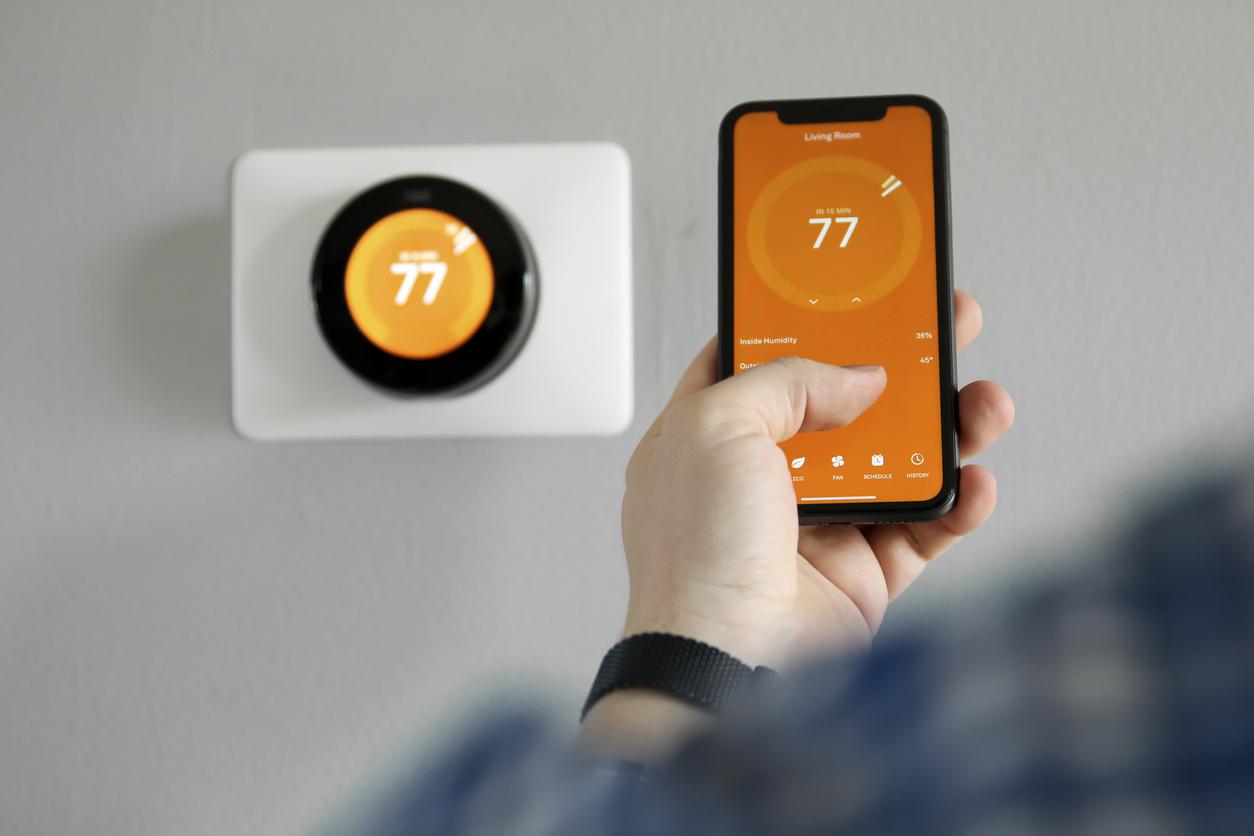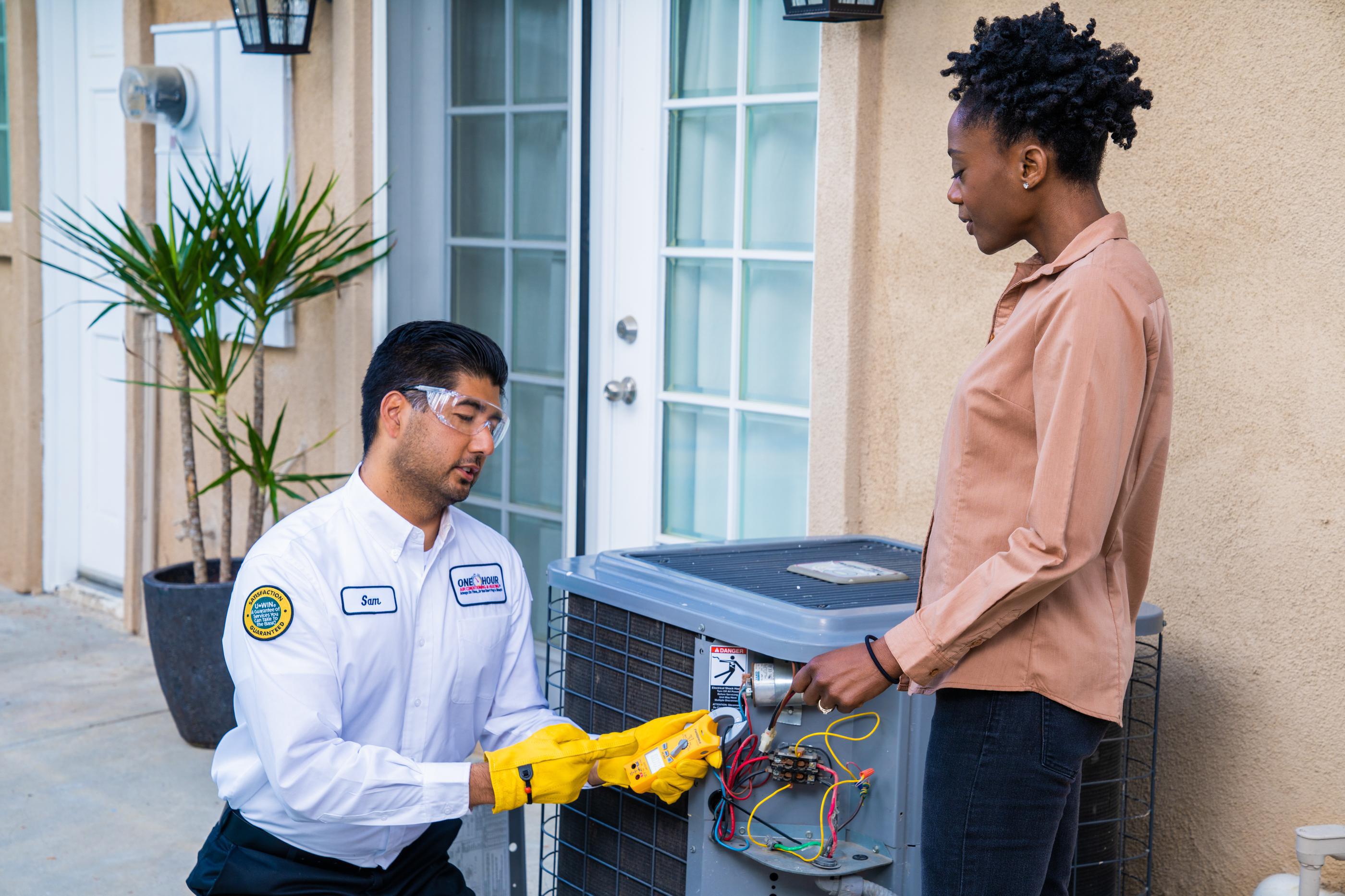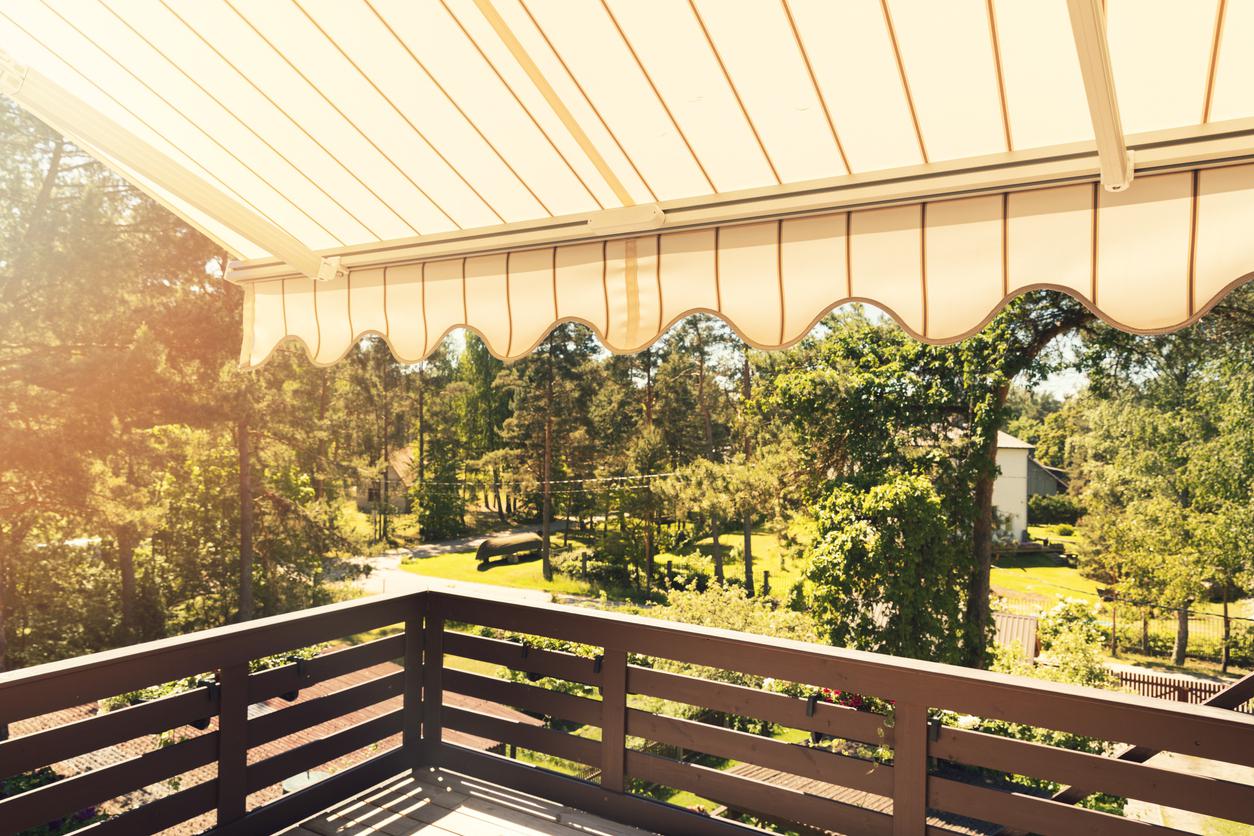Energy-Efficient Air Conditioning Solutions
As global temperatures rise and energy costs soar, the demand for energy-efficient air conditioning solutions is higher than ever. Cooling our living and working spaces sustainably is important for both our wallets and the environment. Our experts are knowledgeable in the latest advancements in energy-efficient air conditioning technologies – and we’re here to offer practical tips for optimizing the energy usage of your existing systems.
The Importance of Energy Efficiency in Air Conditioning
Air conditioning accounts for a significant portion of household and commercial energy consumption, particularly in warmer climates. Traditional air conditioning systems often rely on energy-intensive methods, leading to high utility bills and increased carbon footprints. You may also be aware of the toll that high energy consumption has on the electrical grid, too. Known as grid stress, high energy consumption can lead to a strain on our electric grid’s infrastructure, leaving us more prone to blackouts. By adopting energy-efficient solutions, we can reduce our energy consumption, lower greenhouse gas emissions, lessen grid stress, and save money in the long run.
Innovations in Energy-Efficient Air Conditioning
1. Inverter Technology
One of the most significant advancements in air conditioning is inverter technology. Traditional air conditioners operate on a simple on-off cycle: they run at full capacity until the desired temperature is reached, then shut off, only to turn back on when the temperature rises again. In contrast, inverter air conditioners continuously adjust the compressor speed to maintain a constant temperature, leading to less energy consumption and more consistent cooling.
2. Geothermal Heat Pumps
Geothermal heat pumps use the stable temperature of the ground to provide heating and cooling. By circulating water or refrigerant through underground pipes, these systems can efficiently transfer heat from the ground to the building during winter and vice versa during summer. Geothermal systems are highly efficient and can reduce energy consumption by up to 50% compared to traditional heating and cooling systems.

3. Smart Thermostats
Smart thermostats are another innovative solution for energy-efficient air conditioning. These devices learn your preferences and adjust the temperature settings accordingly, ensuring optimal comfort with minimal energy use. Many smart thermostats can be controlled remotely via smartphone apps, allowing users to adjust their home's temperature while away which further enhances energy savings.
4. High-Efficiency Air Filters
High-efficiency air filters improve the performance of air conditioning systems by ensuring that they operate with minimal resistance. Clean filters allow for better airflow, reducing the workload on the system and, consequently, the energy consumed. Regularly replacing or cleaning air filters is a simple yet effective way to enhance energy efficiency.
Practical Tips for Optimizing Air Conditioning Efficiency

1. Regular Maintenance
Routine maintenance is crucial for keeping air conditioning systems running efficiently. Regularly check for refrigerant leaks, clean or replace filters, and ensure that the coils are free of dirt and debris. A well-maintained system operates more efficiently and lasts longer.
2. Proper Insulation
Proper insulation in your home or office can significantly reduce the load on your air conditioning system. Insulating walls, roofs, and floors helps maintain indoor temperatures, reducing the need for constant cooling. Additionally, sealing any gaps or cracks around windows and doors prevents cool air from escaping.
3. Use of Ceiling Fans
Ceiling fans can complement air conditioning systems by circulating cool air throughout a room. By using ceiling fans in conjunction with your air conditioner, you can set the thermostat a few degrees higher without sacrificing comfort, leading to energy savings.
4. Programmable Thermostats
Programmable thermostats allow you to set specific temperature schedules based on your daily routine. For instance, you can program the thermostat to raise the temperature when you’re not at home and lower it just before you return. This prevents unnecessary cooling and reduces energy consumption.

5. Strategic Landscaping
Planting trees and shrubs around your home can provide natural shade, reducing the amount of heat entering your home and lowering the demand on your air conditioning system. Additionally, installing awnings or reflective window films can further minimize heat gain.
6. Upgrade to Energy-Efficient Models
If your air conditioning system is old, consider upgrading to a newer, more energy-efficient model. Look for units with high Seasonal Energy Efficiency Ratios (SEER) and Energy Star ratings, which indicate superior energy performance. Though the initial investment may be higher, the long-term savings on energy bills will offset the cost.
7. Optimize Ventilation
Ensuring that your home or office is well-ventilated can help maintain indoor air quality and reduce the load on your air conditioning system. Ventilation removes heat and moisture from the air, making the environment cooler and more comfortable.

8. Mindful Usage
Simple habits, such as closing blinds or curtains during the hottest part of the day, using heat-generating appliances (like ovens and dryers) during cooler times, and avoiding excessive use of electronics, can also contribute to energy savings.
Energy-efficient air conditioning solutions are essential to balance comfort with sustainability. By embracing new technologies and adopting practical energy-saving practices, we can significantly reduce our energy consumption and environmental impact. Using inverter technology, solar power, geothermal systems, or simply optimizing existing systems are all ways to achieve efficient cooling. As we move forward, the integration of these solutions will play a crucial role in creating a more sustainable and comfortable future for all.
